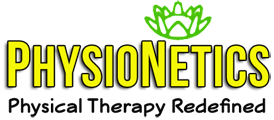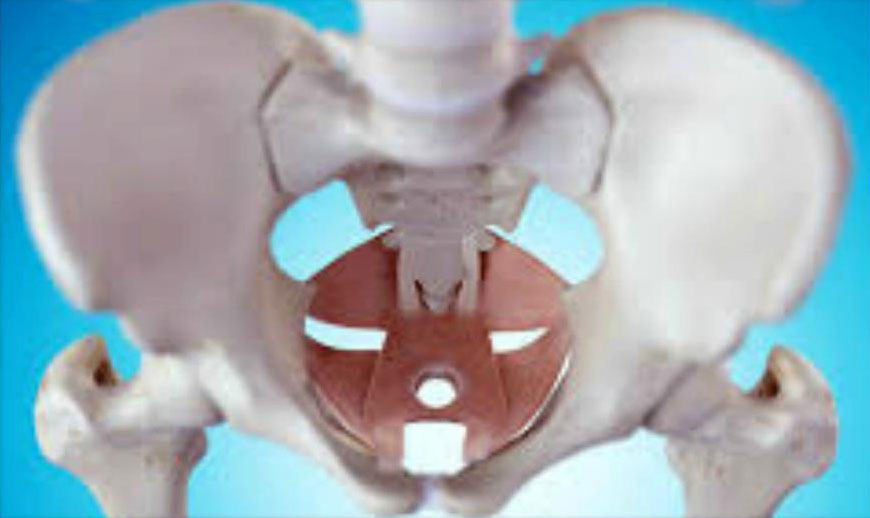
What's all the fuss about the pelvic floor?

Almost every patient referred to me for pelvic floor dysfunction knows what "Kegel exercises" are. But when I ask them to show me how they are doing the Kegel exercises, about 80% perform it incorrectly! Kegel exercises are designed to strengthen the pelvic floor muscles, thus I like to refer to them as pelvic floor muscle (PFM) activation exercises. We have all heard of the importance of a strong core. Well, believe it or not, your pelvic floor plays an important role in your core.
If you think of your trunk as a box, the front of the box is your abdominals (transverse abdominis being the most important in regards to the core), the back of your box is the multifidus, the top of your box is the diaphragm and the bottom of your box is your pelvic floor. I always say the bottom of your box has to be strong in order to support what is inside your box, mainly your bladder, bowel, and uterus. Therefore, strengthening the PFMs can help prevent or reverse leakage of urine or feces with sneezing, coughing, laughing or lifting. Having better PFM strength and endurance can also help prevent or reverse urge incontinence. Additional benefits associated with strong PFMs include decrease or prevention of organ prolapse, improved sexual function, decreased constipation, and decreased low back pain during pregnancy and post-partum.
So, what is the pelvic floor exactly?
The pelvic floor, in a nutshell, is made up of layers of muscles forming a sling-like closure of the bony pelvic outlet. Keep in mind that, although the external anatomy of the male and female pelvis is different, the PFMs on the inside are the same. The following is a list and function of the muscles that make up the pelvic floor muscle group:
- Bulbospongiosus: in women, this muscle runs from the clitoris to the perineum along each side, constricts the vagina, and forces blood into the clitoris. In men, this muscle runs along the underside of the base of the penis and forces blood into the penis during erection, and aids in ejaculation.
- Ischiocavernosus: attaches from the pubic symphysis to the ischial spine on each side, and forces blood into the penis and clitoris during erection.
- Superficial & Deep Transverse Perineal: this muscle supports the vagina and the prostate. The fibers of this muscle run underneath the space between the anus and vagina (in women) or base of the penis (in men) called the perineum.
- Ischiococcygeus (Coccygeus): this muscle moves the coccyx forward and supports the pelvic viscera. It attaches from the ischial spine to the lower sacrum and coccyx.
- Levator Ani: three muscles make up the Levator ani:
- Pubococcygeus: attaches from the pubis to the lower sacrum and coccyx.
- Iliococcygeus: connects with pubococcygeus muscle and attaches to the coccyx.
- Puborectalis: wraps around the rectum to form a muscular sling.
- External Anal Sphincter: attaches to the tip of the coccyx and surrounds the anal canal. This muscle closes the anal orifice.
- Obturator Internus: attaches from the pubis and ischium to the femur, helps to turn your hip outward (lateral/external rotation). Often times tightness or trigger points in this muscle can refer pain to the tailbone/coccyx.
- Piriformis: a small muscle in the buttocks that attaches from the sacrum to the femur and is a hip external rotator. Often time this small muscle is a big source buttock pain and tightness in this muscle can be linked to sciatica (nerve pain down the back of the thigh).